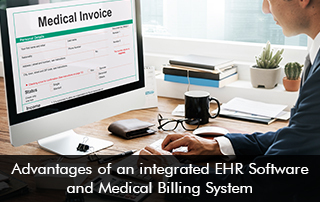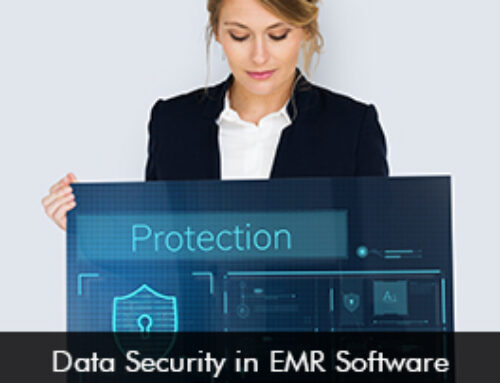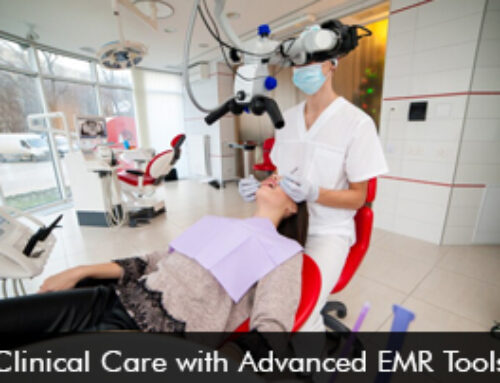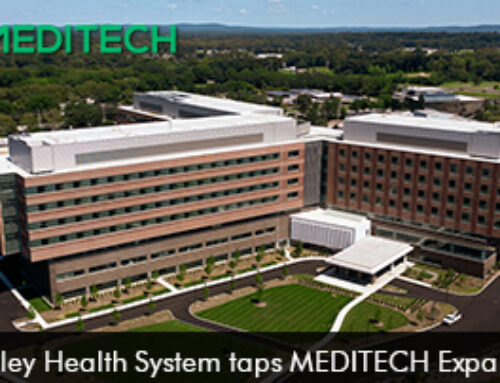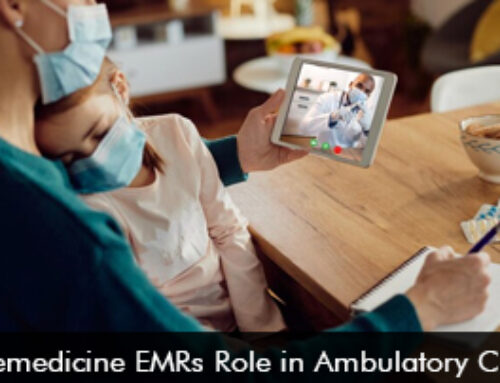The financial side of a healthcare organization is important as it can help to boost revenue and ensure accurate billing. This can be achieved by deploying an integrated EMR software for medical billing. The integration makes sure that the data flows smoothly between systems. This can help the medical practice to bill without errors and even faster.
What’s an integrated EMR software and medical billing?
The integration between Electronic Medical Records (EMR) software and medical billing ensures that the data flows seamlessly without any duplication. The integration is a complex process but can be attained through HL7 interfaces to transfer demographics, charges, and patient encounters. Another option for healthcare setups is to use an EHR software that is fully integrated with a practice management system. This will enable practices to conduct daily financial and administrative tasks efficiently including, coding patient encounters, bill payers, and book appointments.
5 Benefits of an integrated EHR Software and medical billing
- Enhanced interoperability – When an EMR software integrates with medical billing system it is interoperable. The interoperability ensures that data can be securely exchanged and shared with people who want it in real-time.
- Improved efficiency levels – Integrated electronic health data software and medical billing is a comprehensive platform. The platform makes sure that productivity levels go up as the data doesn’t require manual entry. The need to fax and photocopy billing sheets is eliminated, saving costs, reducing chances of human errors, and enhancing efficiency levels.
- Reduction in claims denial – The issue of claims denial is common. Claims are denied by payers due to late filing, incomplete or inaccurate patient information, and half-finished coding. These costly denials can be reduced by deploying an integrated EMR software and medical billing system. The software system offers a robust set of features and functionalities to help providers document and code encounters during an office visit. Hence cleaner claims can be generated which is good for a hospital’s financial health.
- Better reporting opportunity – When billing and documentation are linked its opens a window for improved reporting. Greater access to data can help medical practices identify any financial gaps and prevent them from losing money.
- Relationship building – The medical billing process can become transparent with an integrated EHR and medical billing system. The integration supports the submission of cleaner claims and streamlines the appointment scheduling process. When financial operations are transparent healthcare organizations can build healthier and stronger relationships with their patients and other stakeholders involved.
Conclusion
Many hospitals and medical practices have embraced integrated EHR software systems as they help to streamline the financial and clinical processes. Automation due to healthcare technology is a breakthrough helping doctors continue what they are passionate about that is taking care of the patient.


